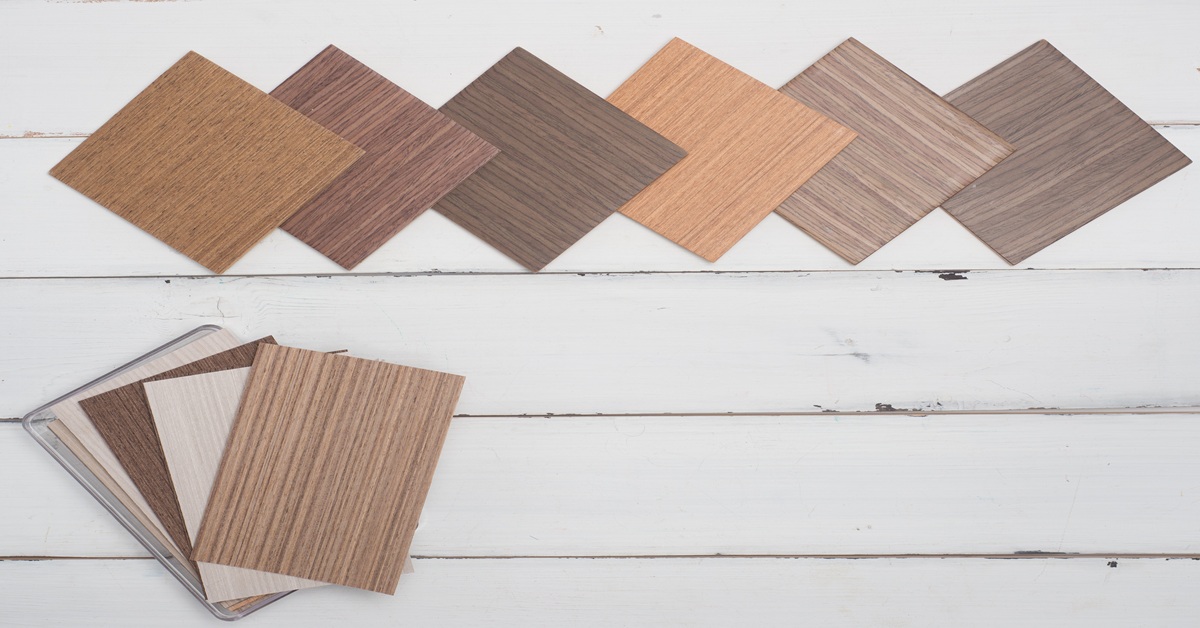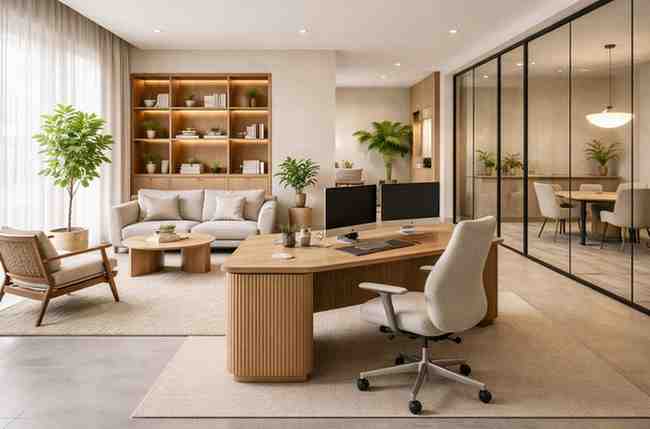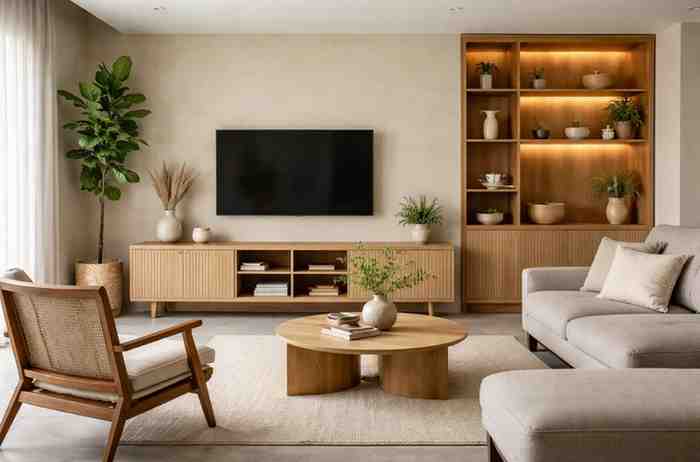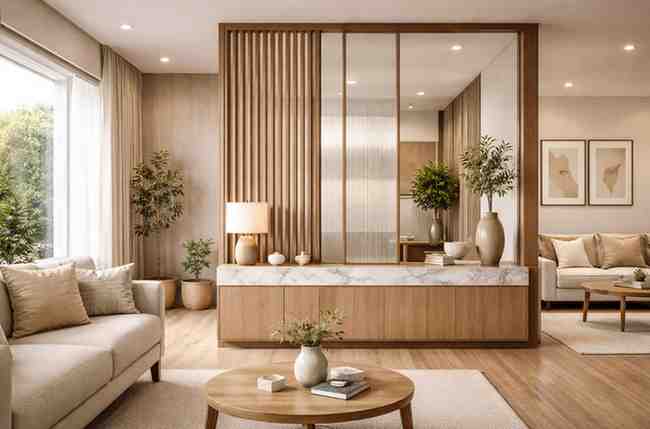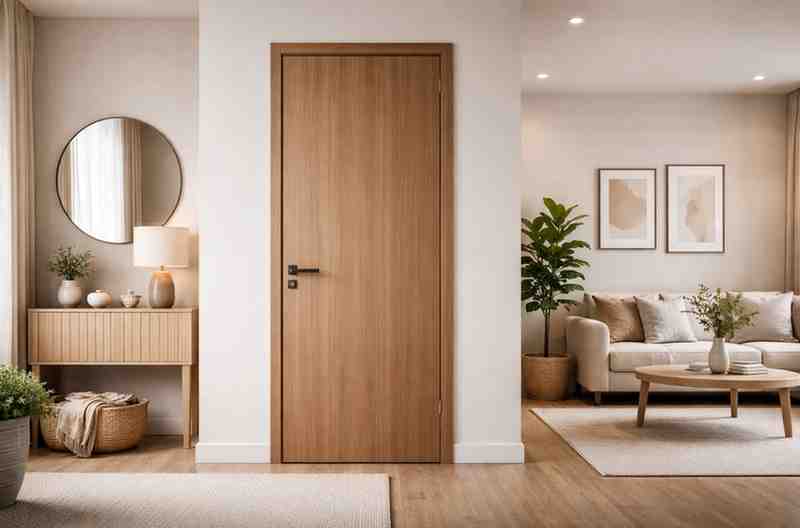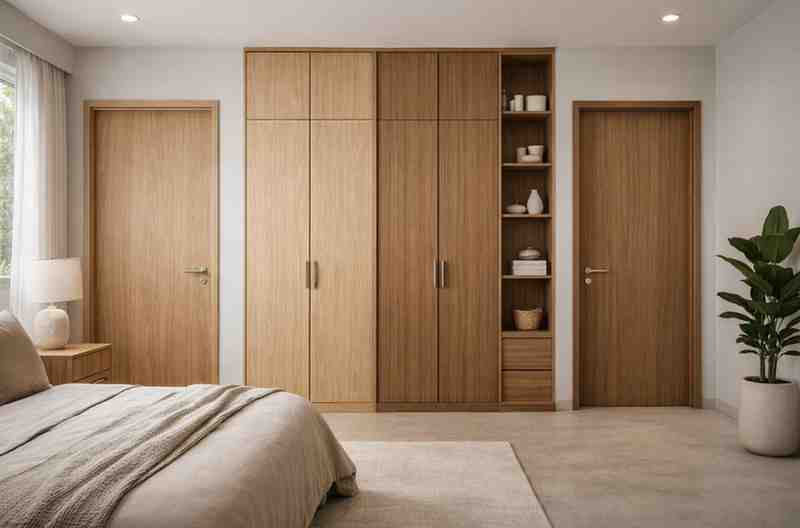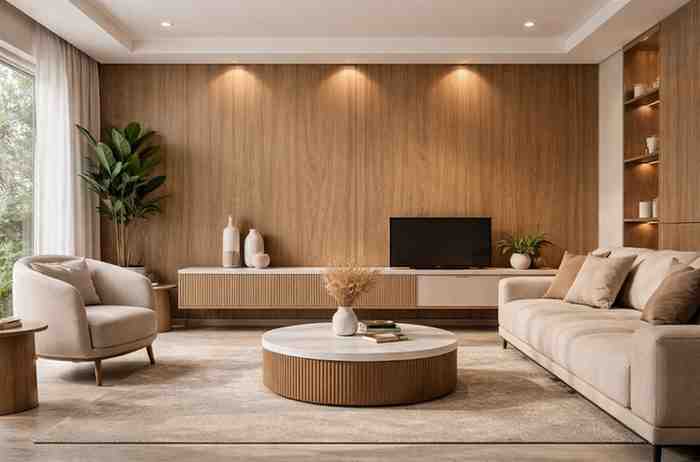Introduction
It can be hard to tell which building materials and interior design trends are worth keeping and which ones pass with time. Plywood, on the other hand, is always known to be strong, adaptable, and useful for a long time, as it has changed a lot since just being a simple option. It is now a necessary and beautiful part of everything from beautiful furniture to the bases of buildings. This blog will explore the different types of plywood so you can pick the best one for your projects based on your needs and preferences.
Table of Contents
MR Grade Plywood: Dependable Choice for Interior Applications
Marine Grade Plywood: Superior Water Resistance for Challenging Environments
Birch Plywood: Elegant Strength for Fine Craftsmanship
Fire Retardant Plywood: Enhanced Safety for Structural Integrity
MR Grade Plywood: Dependable Choice for Interior Applications
Moisture-resistant (MR) grade plywood is one of the most prevalent and well-known kinds of plywood. It is a reliable choice for many different uses within the home because it is glued together with a urea-formaldehyde resin and can handle moisture and humidity in normal living conditions. This makes it a popular alternative for furniture, wall panels, ceilings, and other places where it can resist moisture. It is also great for veneering and laminating because it is flat and has a uniform thickness.
MR grade plywood is good for a lot of tasks since it is robust, holds screws well, and is easy to work with. It’s often the best choice for cabinets in dry regions like the bedroom, living room, study, and other areas. MR plywood can handle moisture in the air, but it shouldn’t be directly exposed to water. You should never use it in places where there is always water, like restrooms or kitchens near sinks. If you use MR plywood in damp places, it could get damaged and not be as effective as it is.
MR-grade plywood isn’t great for moist environments, but it’s still a good choice for most indoor woodworking projects. It works well in most interior conditions, and it’s an industry standard because it’s easy to use and works well among the many types of plywood available today.
Marine Grade Plywood: Superior Water Resistance for Challenging Environments
If you’re going to be around a lot of water, humidity, or even direct contact with water, marine-grade plywood is the best sort of plywood to utilise. It is made to last in the worst damp situations and is put together with a high-quality, unextended phenolic formaldehyde adhesive that is entirely waterproof. This strong glue stays together even after being in the water for a long time. It is the best material for creating boats, maritime purposes, cupboards for the kitchen and bathroom and outdoor cladding.
Marine-grade plywood costs more than other types of plywood, but its special qualities and long life make it a must-have for many uses. The veneers are chosen very carefully so that there are no gaps or overlaps in the core. This makes it less likely that water will damage the core. If you’re working on something that will be in a lot of water, like the outside of a coastal home, the inside of a houseboat, or a kitchen, use marine-grade plywood. The manner in which it is carefully built makes sure that the construction is as strong and long-lasting as possible in places where it is always wet. So, the best method to preserve projects that will be in a lot of water is to use marine-grade plywood.
Explore the diverse types of plywood and find the perfect match for your next build now!
Birch Plywood: Elegant Strength for Fine Craftsmanship
Craftsmen and designers choose birch plywood because it looks and works better than other kinds of plywood. People typically use this plywood to make custom furniture, high-end cabinets, and architectural features because it looks good and is strong. The veneers on birch plywood are pale, fine-grained, and even, and they come from birch trees. This is what makes it distinct from regular plywood. It leaves a clean, flat surface that is perfect for painting or for clear finishes that show off the wood’s intrinsic beauty. It is also stronger and more substantial because it is thicker and has more layers.
Birch veneer is exceptionally thick and can retain screws well because it is made up of multiple thin layers that are tightly crushed and glued together. This makes it a good choice for manufacturing cabinets, furniture, joinery, and even CNC machining, where sharp edges and precise cuts are very important. It is a reliable, high-performance material for complicated projects since its quality is always the same, and there are minimal vacancies in the core. This reduces waste and improves the quality of the work. Because it is inherently attractive, very strong, and easy to work with, it is a great choice for woodworking that will endure a long time.
Fire Retardant Plywood: Enhanced Safety for Structural Integrity
Fire retardant plywood is developed to be more fire-resistant, which makes it a wonderful building material for projects where safety is the most important issue, as it has been treated with chemicals that stop fires. These chemicals enter either the glue that keeps the wood veneers together or the wood itself. When they are in a fire, they slow down the burning, give out gases that don’t catch fire, and form a coating of char that protects them. This not only slows the growth of flames, but it also cuts down on smoke, which gives people more time to get out and reduces the harm the fire may do.
This kind of plywood is used in schools, theatres, high-rise buildings, and other places where fire is a worry to keep it from catching fire. It satisfies the IS 5509 safety standards, so you can be sure it will be helpful in the event of a fire. Even though it has been treated in a certain way to resist flames, it is still as strong, long-lasting, and easy to work with as conventional plywood. This makes it a good alternative for both homes and businesses.
Discover the best types of plywood for your specific needs, from interiors to challenging environments.
Conclusion
The world of plywood is much more interesting and varied than most people think. Different kinds of plywood work best in different places. The MR grade is ideal for indoor use, the marine grade is good for wet places, the birch grade is good for fine work, and the fire-retardant plywood is good for when safety is very important. You need to know how to make smart choices that will affect the safety, strength, and beauty of your projects, not simply the differences. You can make sure that your end product is the best it can be by picking the right kind of plywood.
Explore the superior range of plywood from Wigwam Ply for your next project today!
FAQs
1. What is MR grade plywood primarily used for?
MR grade plywood is used for general indoor applications where it handles normal humidity, not direct water.
2. Where is marine-grade plywood typically used?
It’s used in boat building, marine applications, high-humidity kitchens, bathrooms, and exterior cladding.
3. What is the difference between MR and Marine Grade plywood?
MR grade plywood is moisture-resistant for interiors, while Marine Grade plywood is waterproof and suitable for extreme moisture or direct water contact.
4. Is fire-retardant plywood completely fireproof?
It’s not completely fireproof, but it significantly slows down flame spread and reduces smoke generation during a fire.
5. Why is birch plywood considered premium?
Birch plywood offers a uniform and smooth surface with exceptional strength, stability, and excellent screw-holding capacity.

